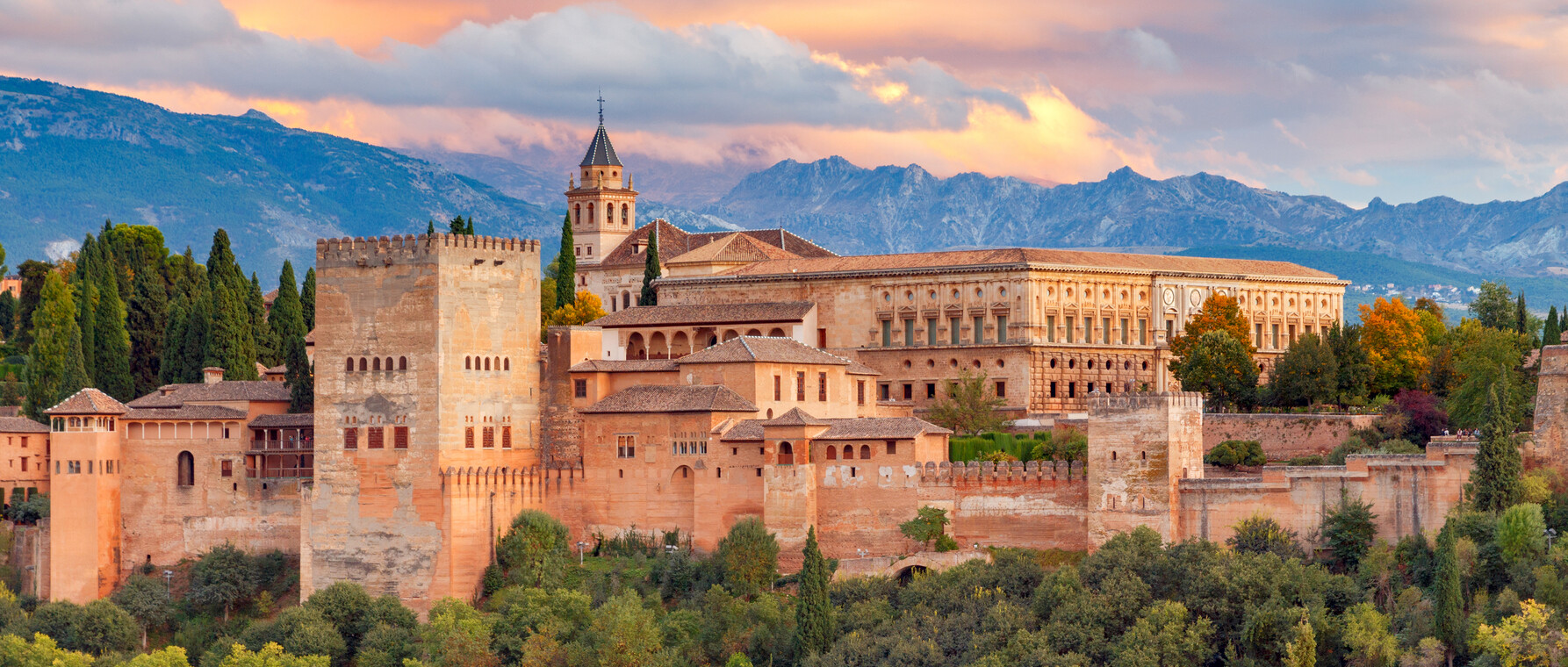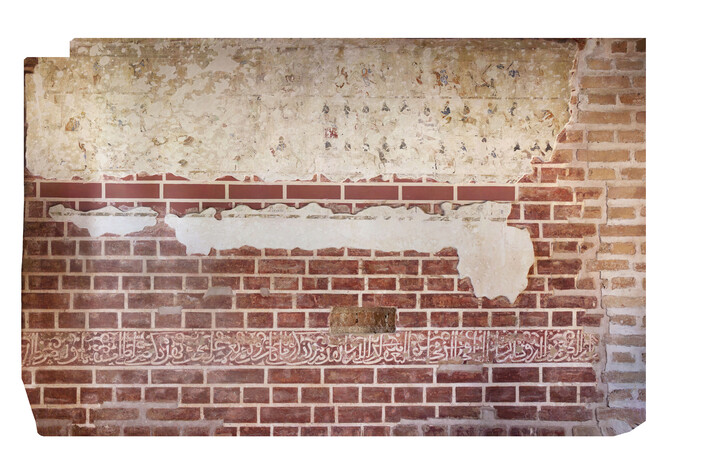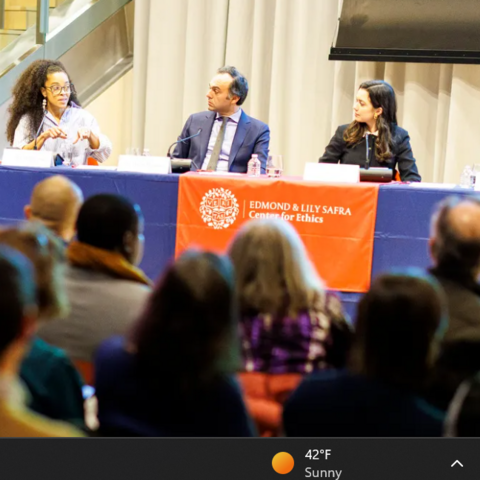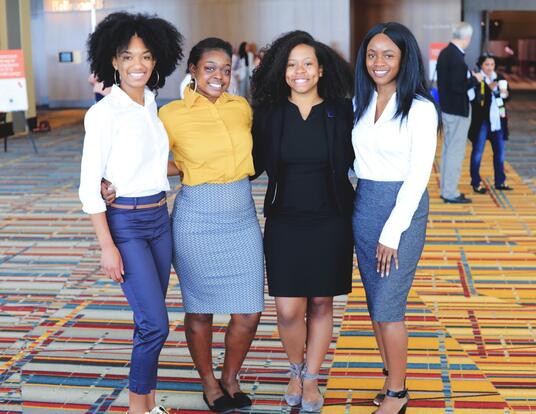Visions of Villas
How Muslim and Christian material culture connected in the Mediterranean basin

Research at Risk: Since World War II, universities have worked with the federal government to create an innovation ecosystem that has yielded life-changing progress. Now much of that work may be halted as funding is withdrawn. Find out more about the threats to medical, engineering, and scientific research, as well as how Harvard is fighting to preserve this work—and the University's core values.

Walid Akef was on a different continent, thousands of miles from where he grew up in Egypt. He was a Muslim in a country overwhelmingly populated by Christians, an Arab immersed in a culture supposedly foreign to his own. But as he walked through the Alhambra, a complex of palaces and fortifications built by the sultans of the Islamic Nasrid dynasty that ruled the Andalusia region of Spain for over 250 years, Akef felt very much at home.
“Al-Andalus is part of Muslim culture,” he says. “I can read the poetry, read the Arabic inscriptions written on the Andalusi monuments and objects while most Spaniards cannot. That is why I chose to study this region. I love its culture as much as any region of the Islamic world.”
Akef’s affection for Andalusi culture inspires his scholarship at Harvard’s Graduate School of Arts and Sciences (GSAS). As a PhD student in the history of art and architecture, he explores the connections between Muslim and Christian material culture in the Mediterranean basin during the centuries before and coeval with the European Renaissance. His goal is not only to challenge how we think about Islamic art but also to expand our understanding of how two worlds thought to be very different from one another—Islam and Christianity—were actually deeply intertwined.
"I dominate in my palace"
The palaces that comprise the Alhambra’s Casa Real (“Royal House”) have long been studied by art historians. Akef says that the attraction is both beauty and cultural contrast.
“We’re talking about Islamic architecture in the heart of Spain,” he says. “You can find remnants of Islamic palaces elsewhere, but not like the Alhambra. Poets and artists praise its style and beauty. The type of arches, the use of stucco, the interplay between the water and the building, even the scent of the gardens—the Alhambra interacts with all of your senses.”
Although much scholarship on the Alhambra exists—particularly the palaces that comprise the Casa Real—Akef says that some parts have been understudied.
“The Partal Palace hasn’t gotten as much attention as, say, the Palace of the Lions,” he says. “That’s partly because [the Partal] isn’t at the center of the Casa Real. It’s situated at the east end of the complex. Then, it was occupied in the 19th century by a series of proprietors who allowed it to become dilapidated.”
Perhaps least noted by scholars are the dwellings that lie on the west side of the Partal. One house in particular—the smallest in the group—is especially interesting to Akef: the House of Paintings. In 1908, a large mural was discovered there hundreds of years after being covered up by Christians beneath a layer of plaster. Akef says the work is notable for the way it contradicts traditional notions of Islamic art.
“Everyone has the prejudice that Islamic art is abstract with few figural representations,” he says. “That was never really true. In Cordoba, for instance, there were statues. There were many portable objects with figural representations decorating them. There are figures represented elsewhere in the Alhambra. The murals in the House of Paintings further debunk the illicitness of depicting figures in Islamic art.”
The murals themselves are divided into three registers—top, middle, and bottom—each of which runs continuously across the northern, western, and eastern interior walls of the House of Paintings. Scholars continue to debate the precise subject matter of each mural—the paintings have suffered a great deal of deterioration—but Akef believes the top register depicts a hunt, which also might have served as a type of military training. The middle, which has suffered the greatest damage, portrays what seems to be a battle between the Nasrid troops and a Christian army supported by Muslim insurgents. The subject of the bottom register is a celebration, perhaps in the aftermath of the military triumph. Akef says it’s not hard to understand why the Christians who took over Andalusia in the 15th century wanted to hide the murals: They didn’t like the subject matter.
Everyone has the prejudice that Islamic art is abstract with few figural representations. That was never really true.
“The paintings represent a war between Christians and Muslims,” he says. “When Christians retook southern Spain from the sultans, they almost certainly wanted to cover up a depiction of their defeat—and victorious Muslims celebrating.”
Some scholars contend that the murals’ military subject matter is a reflection of an artistic trend in Christian culture—and thus its increasing dominance of the Muslims of southern Spain. But where others see marginalization, Akef sees boldness and subversion.
“Maybe it’s an imitation not because the Muslims are being culturally subdued,” he says, “but instead to make decorations and art similar to Christians as a way of saying ‘I am the winner. I will use your own language and forms to defy you. I dominate in my palace.’”
Cultural Connections
Akef’s study of the House of Paintings is part of research that focuses more broadly on the villa, a compound outside and sometimes at the edge of the city that typically included a palace, a water element used for irrigation and possibly recreation, and a farm. Traditionally, the villa was thought to have originated in ancient Rome and to have disappeared in the Middle Ages until it was revived in the Renaissance. But Akef says that—as with mathematics, philosophy, medicine, and many other aspects of the ancient world—the villa continued in Islam after Rome fell. The form has been understudied because few examples have survived antiquity and, perhaps, because of a linguistic misunderstanding.

“Most villas in the Muslim world don’t exist anymore,” he says. “But there are excavations in places like Iraq, Iran, Morocco, and Tunisia that point to their existence there. Also, one of the words used to refer to villas was the Persian term bustan, which had different meanings. When it was mentioned in literary sources, scholars thought it meant ‘aromatic garden.’ But it’s not just that. It’s also used to refer to a palace or a pavilion—probably with a reservoir, a garden, and a cultivated area—that's fenced in, hedged, or walled.”
As in ancient Rome and Renaissance Europe, villas were a bucolic retreat for elites in the Nasrid dynasty that also showcased their wealth and power. As centers of agriculture, the estates also had a major stake in the medieval economy. The produce of southern Spain—sugar, silk, dried fruits—not only filled local markets and shops, but also made its way to Sicily, northwest France, and Britain, bringing Muslims and Christians in contact with one another through trade.
“We know that these crops were cultivated in Andalusia,” Akef says. “Many were grown by the Sultan, who had around 30 villas in Granada. Nasrid agriculture was one of the reasons that sugar became cheap enough for masses of people to consume it.”
Akef’s advisor, Aga Khan Professor of Islamic Art and Architecture Gülru Necipoğlu, says that, through archival research and fieldwork, Akef is documenting cultural exchanges across the Mediterranean basin. His work is helping scholars to reconceptualize the region as a place of connection rather than isolation—and to reassess the Muslim contribution to European material culture.

“Villas existed in North Africa, Asia Minor, and the Iberian Peninsula,” she says. “The Andalusian agricultural-recreational munyas affirm that the enjoyment of landscape and the agricultural enterprise persisted in the medieval period but not within the lands of the Christian polities. This corrects the traditional assumption that the villa culture disappeared in the Middle Ages and was later revived during the Renaissance period and helps us reexamine the Muslim contribution to the Mediterranean world.”
After a summer spent traveling through southern Europe—with a stop in Cairo to visit friends and family—Akef looks forward to returning to GSAS this fall. He says that he found many similarities between the villas of Renaissance Italy and medieval Spain. Now he needs to see if they were the result of the connections between the Christian and Muslim world.
“By comparing Spanish villas with Renaissance ones in Italy, I hope to gauge the level of cultural exchange and horizontality in the Mediterranean basin,” he says. “The Muslim presence in Al-Andalus, together with the fall of Constantinople, is one of the major catalysts in generating the Renaissance and the ascent of the West. My work may eventually be a brick in this scholarly edifice.”
Photos courtesy of Walid Akef
Get the Latest Updates
Join Our Newsletter
Subscribe to Colloquy Podcast
Simplecast





